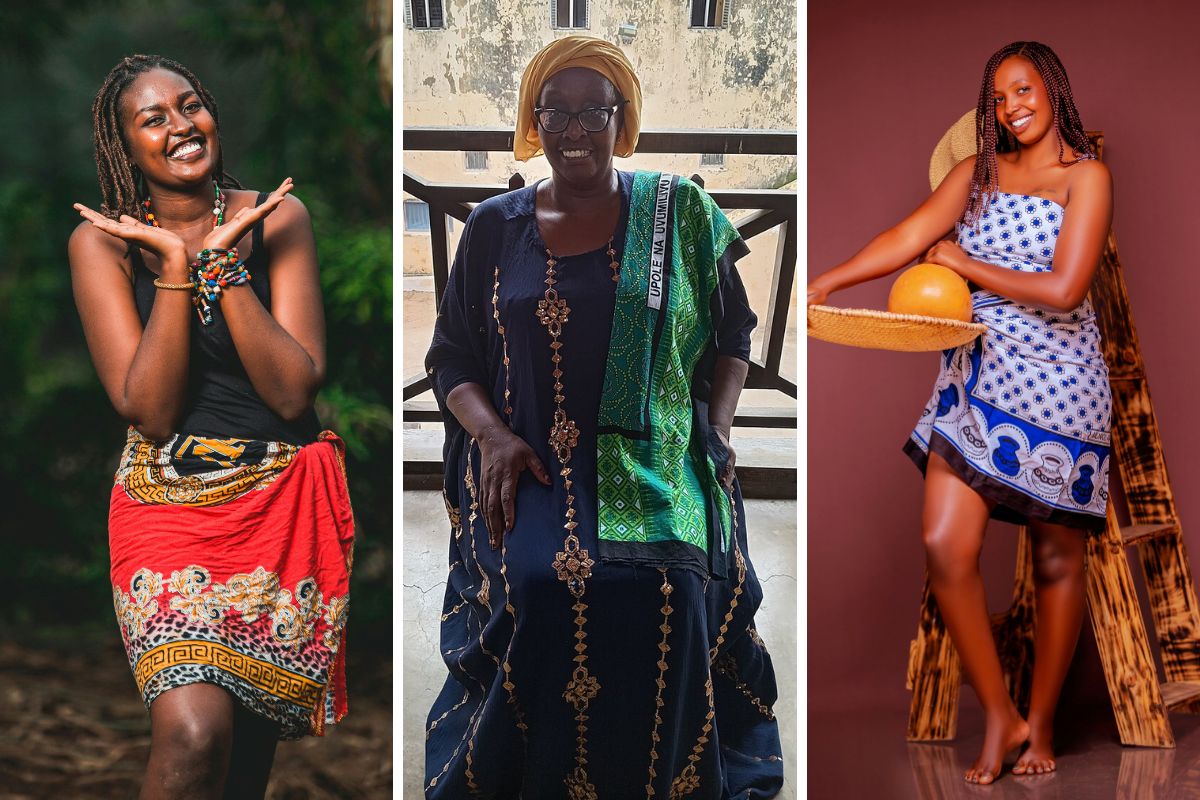
Kanga: The identity of every Tanzanian girl
Worn by mothers, gifted to daughters, the kanga is Tanzania’s most powerful fabric – a living canvas of words, pride and heritage.

If you were raised in Tanzania like me, you probably saw a kanga wrapped around your sister’s waist, your mother’s chest, draped over your aunties’ shoulders or worn in some other form on every other woman that ever passed your sight at some point.
In Tanzania, the kanga is more than a fashion item – it’s a signature of Tanzanian identity unique to Tanzanian women.
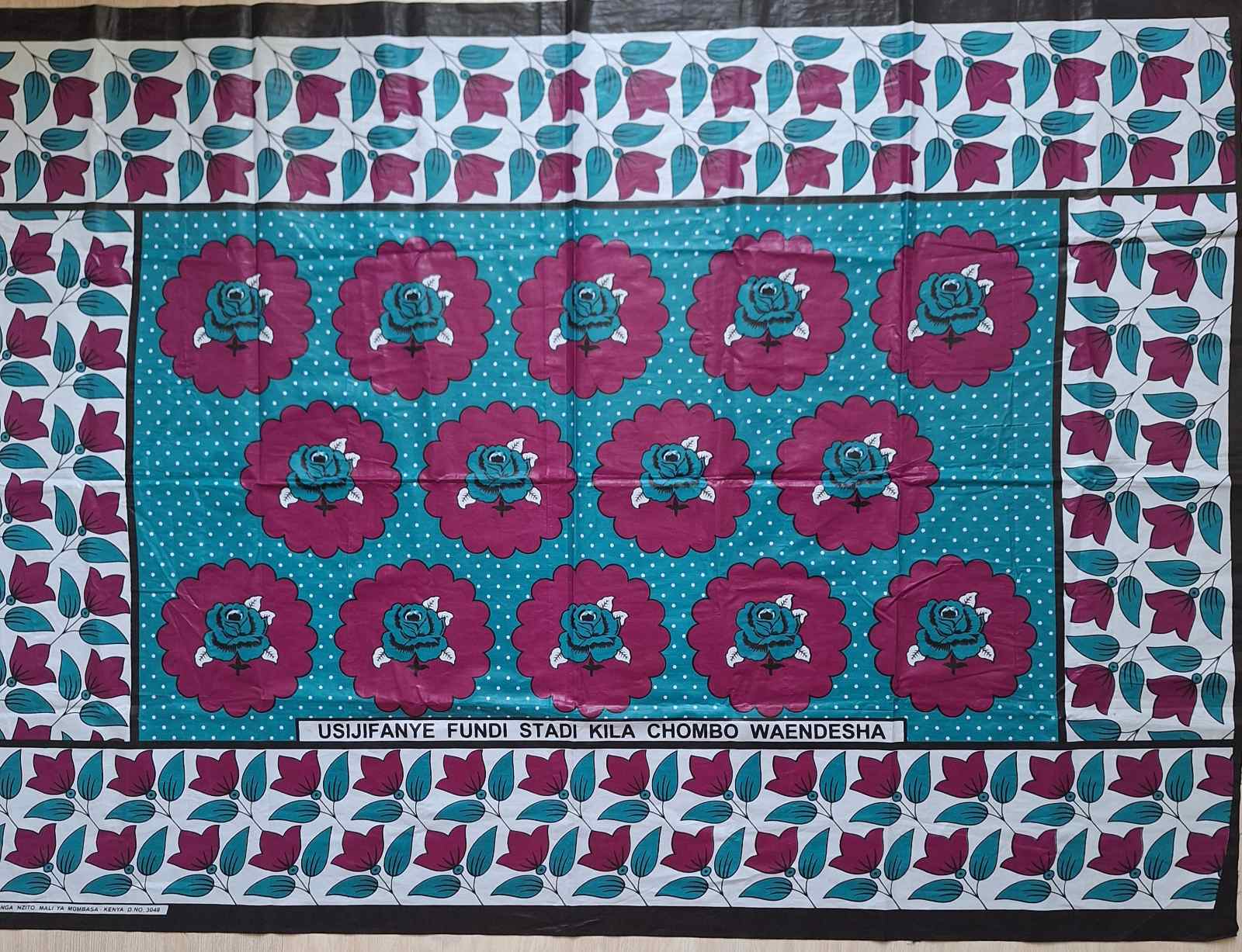
These are colorful cotton fabrics, typically about 150 cm by 110 cm, with decorative borders (pindo) and a central motif (mji) with a Swahili proverb or message at the bottom.
Though common across East Africa, Kenya, Uganda, even parts of Mozambique, Tanzania holds the kanga as part of daily life more deeply. The UNESCO programme has even proposed it as an intangible cultural heritage of Tanzania because of how rooted it is in ceremonies, everyday wear and social life.
What makes kanga uniquely Tanzanian
- The words on a kanga often reflects local realities – poems, messages, expressions of protest, celebration.
- In colonial times, British rulers would print kangas with slogans (like those praising leaders) to influence public sentiment. Many women rejected those in favour of traditional, more meaningful designs.
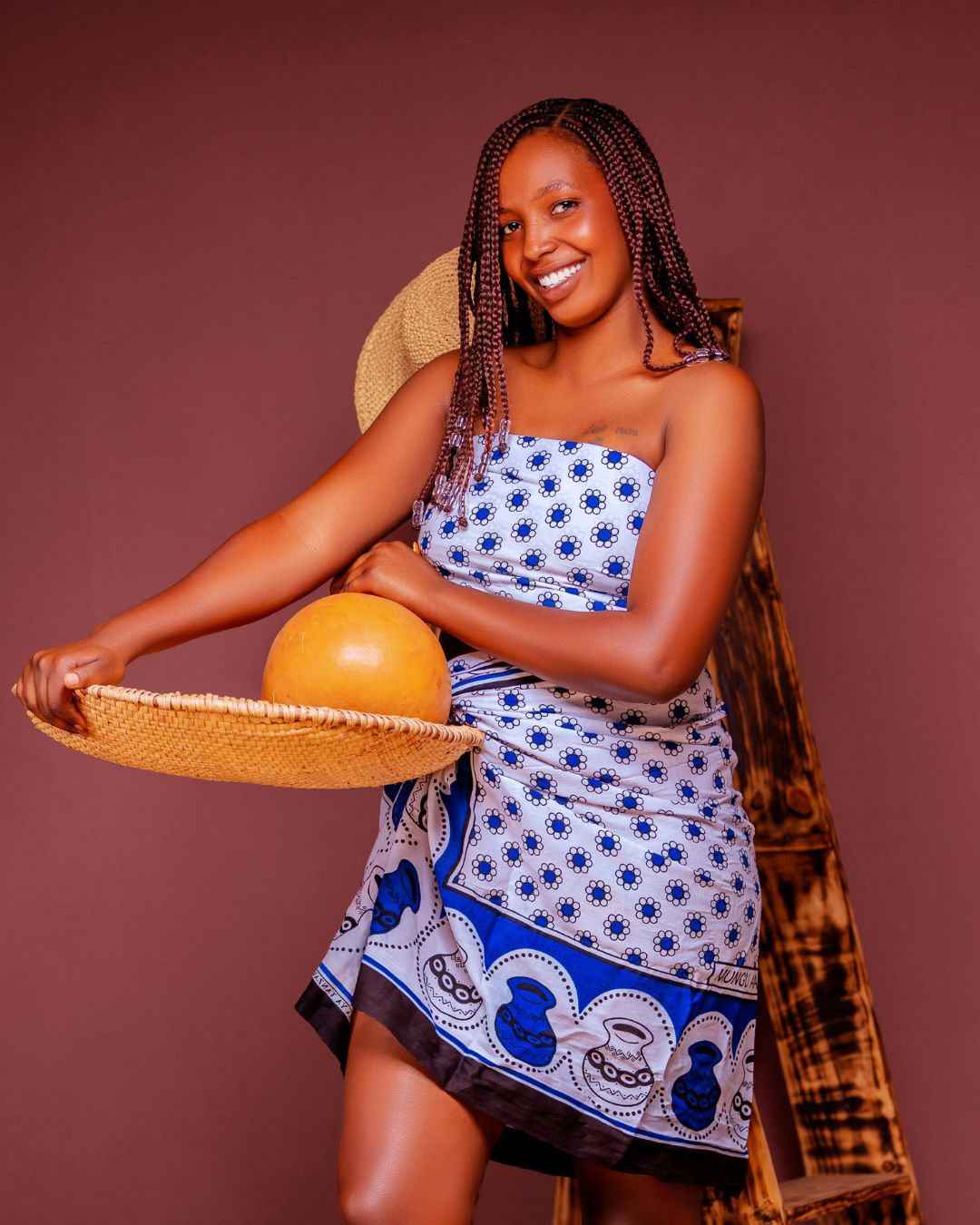
- Kangas are made and printed locally now, especially in Tanzania, helping keep the tradition alive and tied to Tanzanian creativity.
How to use kanga in everyday life
Kangas are versatile. One cloth, many roles:
- Wrap around waist as a skirt
- Draped as a shawl
- Worn over head or shoulders in prayers and modest dress
- Used as baby slings or wraps to carry infants
- As tablecloths
- Curtains
- Decorative wall hangings
- Towels
- Aprons and more
In political, social or religious rallies, women wear specific kinds whose messages match the cause.
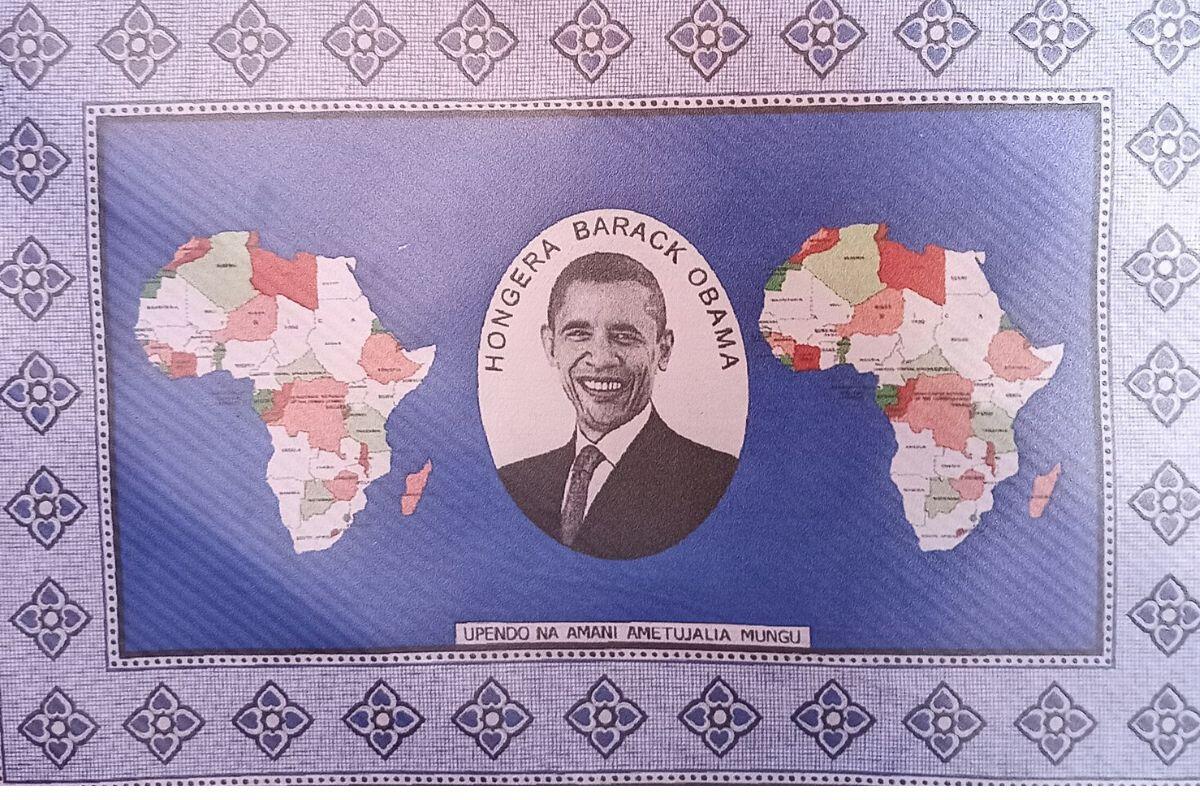
Because each one carries a message, the phrase printed is chosen carefully. It could convey love, warning, resilience, or social commentary.
A culture of colourful fabrics in Tanzania
From a young age, girls see kangas as part of their wardrobe. Mothers wrap daughters in them for comfort or modesty, especially when growing up.
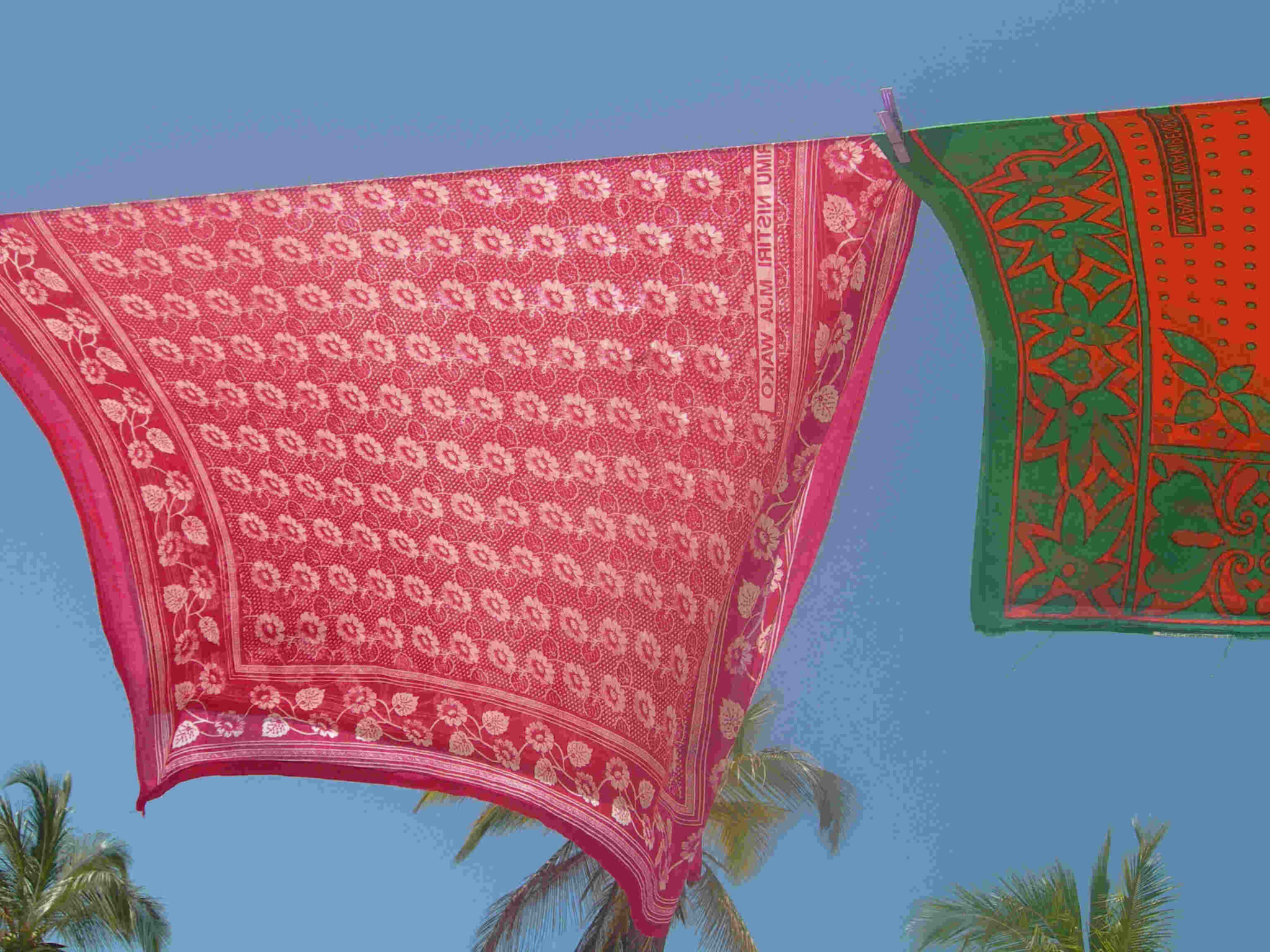
At weddings, childbirth, funerals, kangas are gifts, symbols, tools; this tradition has passed down from mother to daughter for generations.
In Tanzania, when you see fabric fluttering in doors, shops or markets, know you’re seeing history, poetry, identity woven into cloth.
